 |
 |
 |
 |
 |
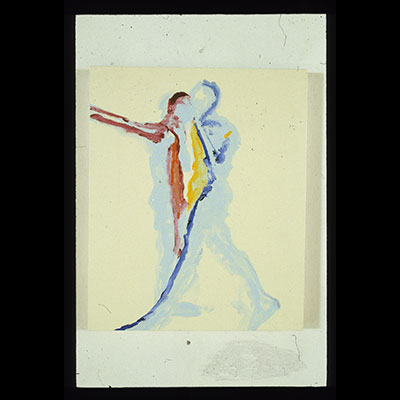
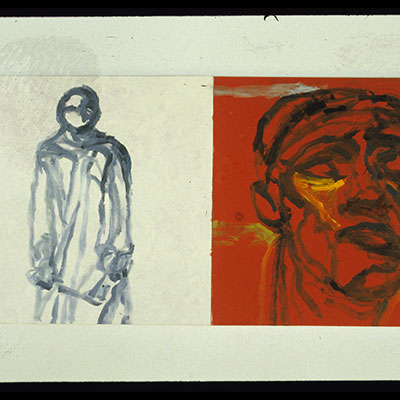
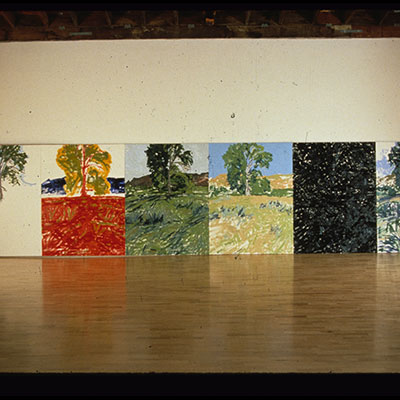
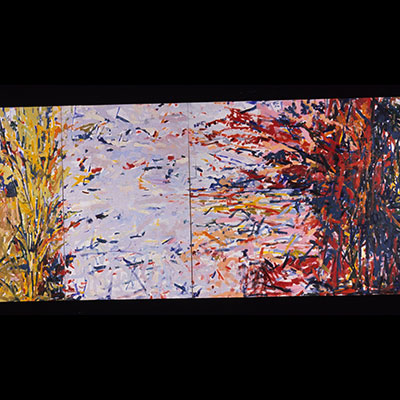
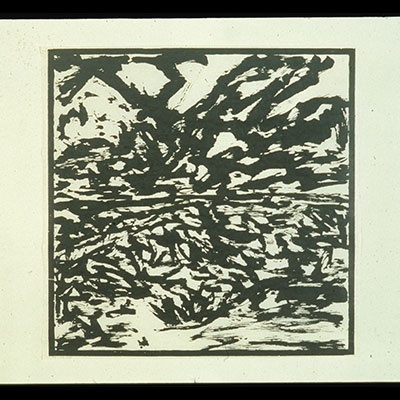
Probably the most important part of my years at Columbia was simply being able to work in a small community of artists, students and teachers in NYC for two years. So the texture of the community had to be more important than any one encounter or event I had. In those days the department was small, probably inconceivably small to the ones who are there now. We were about 10-12 students cloistered in the old Women's Hospital on 110th Street, with one floor to ourselves. We had very little experience of belonging to Columbia at large since we mostly worked off campus in very generous studios and scurried up and back to the required art history and language classes. All that came to a screeching halt in my final semester when the famous campus revolt took place.
Then began what was an equally remarkable education not intended by the powers that had been in charge but just as valuable. We met and debated and took whatever action our consciences required. I remember taking the canvas of one of my fellow graduate students and turning it into a political banner, very definitely not the esthetic that either of us espoused in our cloistered studio practices. But to backtrack a bit, my first semesters were also filled with the political ferment of the time. I was constantly under the threat of being sent to Viet Nam in a war I opposed, while we suffered at home two of the most awful of assassinations. I remember blasting down the hallways for all to hear Martin Luther King's speeches as loud as I could while we mourned his death and wondered if all of Harlem would erupt and pour down through our lives on the edge of so many worlds.
During all this time, I was deeply enriched by my relationships to our teachers, particularly Stephen Greene in drawing, John Heliker in painting, Tony Harrison in printmaking and various other associated artists like Leon Goldin, Walter Murch, and Tony Padovano. I am deeply indebted to them for their companionship and guidance as well as to Andre Racz, old school authoritarian that he was, who gave me much practical support. My reference to the "old school" is in part a reference to the fact that the faculty did not want to graduate me because in the last year of my stay there, I painted canvases of different sizes one color only (an overly simple description of what I did) and this, which is now I consider pretty much a contemporary painting cliché, was deemed an unacceptable practice then. I also wrote my "thesis" in primary letters/sounds without using words (under the influence of John Cage, minimalism and Wittgenstein). This was not acceptable either and I was forced to write a very slight account of my years there in order to graduate. When I graduated, I attended the alternative graduation organized by the "revolutionaries."
My time at Columbia was invaluable. The conservative trend of the faculty was a drag but not too bad. Stella and Koons were considered too racy or unsubstantial to be invited up for a lecture. I attended many "seminal" art events in the City, films by Warhol in a basement on 42nd Street, the Grand Union's performance of "The Mind is a Muscle," as well as historic exhibits. I did meet through the visiting lecture series people like Rosenquist and Frankenthaler and Porter. My relationships with my fellow students proved to be long lasting. Many of them have remained working creative artists even if they did not achieve high levels of fame and fortune.